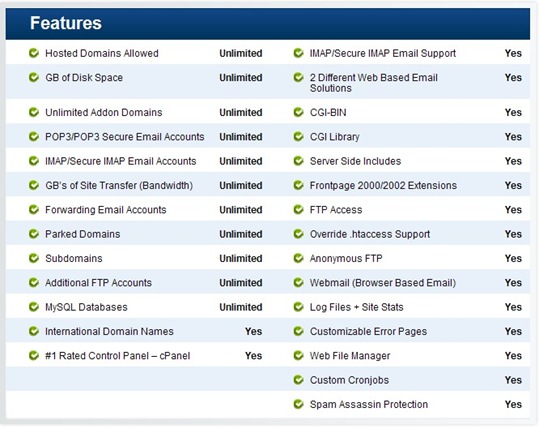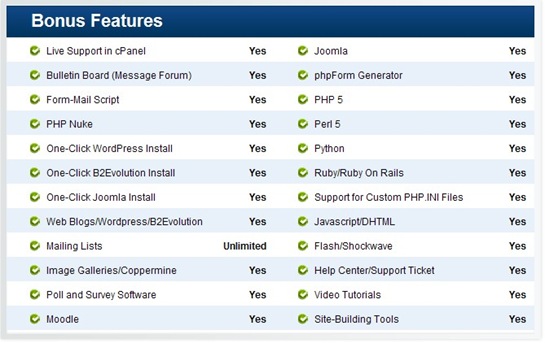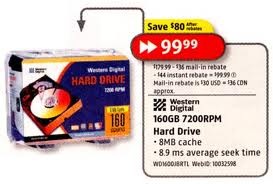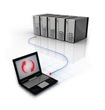
Best Web Hosting Service: Brain Host
I have had the pleasure of being a Brian Host client for a couple months, and I love the customer service and interest in their clients. This is definitely a host that cares!
Why choose Brain Host Web Hosting Service?
Unlimited data transfer, unlimited web space, and unlimited domain hosting. Brain Host web hosting packages also provides tons of free bonuses, like daily spam and spyware scans, free marketing credits, and their easy-to-use site builder. You’ll also get tons of convenient features and tools, like hassle-free FTP accounts, dozens of one-click install applications like WordPress, Drupal, and Joomla, and extensive programming language support. Dedicated support staff is available 24/7 via phone, email, and live chat to answer all of your web hosting questions, and they also provide online tutorials, videos, and an extensive Knowledge Base to teach you how to get the most out of your web space. With feature-rich web hosting packages starting at as little as $6.95 per month, they have got a plan for everyone!
Two types of web hosting services:
- Shared Hosting – With shared hosting, many websites are stored on the same web server, with each site having its own section of the server.
- Dedicated Hosting – With dedicated hosting you rent out the entire server. This is a great option for large sites that get a lot of traffic. Dedicated hosting also allows you to have more control over your hosting environment, since you’re in control of the server instead of your web hosting provider.
Brain Host Web Hosting Plans:
Brain Host strives to provide a top of the line web hosting service. Each of their feature-rich hosting plans comes with everything you need to help you manage your web space.
Brain Host Web Hosting Features:









